Autoestima consciente y narcisismo: distinguiendo Admiration y Rivalry como predictores de bienestar y prosocialidad
Resumen
La presente investigación analiza la relación entre la autoestima consciente y las dimensiones del narcisismo —Admiration y Rivalry— como predictores del bienestar psicológico y la prosocialidad. Se desarrolló un estudio cuantitativo, correlacional y transversal con una muestra de 347 adultos jóvenes universitarios de Paraguay y Argentina. Los instrumentos utilizados incluyeron la Escala de Autoestima Consciente (adaptación de Neff, 2003), el Narcissistic Admiration and Rivalry Questionnaire (Back et al., 2013), la Escala de Bienestar Psicológico de Ryff (1989) y el Cuestionario de Conductas Prosociales de Caprara et al. (2012). Los resultados evidenciaron correlaciones positivas significativas entre la autoestima consciente y el bienestar (r = .61, p < .001), así como entre Admiration y bienestar (r = .39, p < .001), mientras que Rivalry mostró correlaciones negativas con ambas variables. Los modelos de regresión y ecuaciones estructurales confirmaron que la autoestima consciente actúa como mediador entre las dimensiones del narcisismo y los resultados adaptativos, potenciando los efectos de Admiration y atenuando los de Rivalry. Se concluye que la autoestima consciente constituye un mecanismo regulador que integra autocompasión, autenticidad y empatía, promoviendo el bienestar psicológico y la conducta prosocial. Se discuten las implicaciones para la educación emocional, la psicoterapia y el liderazgo consciente.
Descargas
Citas
American Psychiatric Association. (2013). Diagnostic and statistical manual of mental disorders (5th ed.). American Psychiatric Publishing.
American Psychological Association. (2017). Ethical principles of psychologists and code of conduct. American Psychological Association.
Arnett, J. J. (2014). Emerging adulthood: The winding road from the late teens through the twenties (2nd ed.). Oxford University Press.
Back, M. D., Küfner, A. C. P., Dufner, M., Gerlach, T. M., Rauthmann, J. F., & Denissen, J. J. A. (2013). Narcissistic admiration and rivalry: Disentangling the bright and dark sides of narcissism. Journal of Personality and Social Psychology, 105(6), 1013–1037.
Baumeister, R. F., Campbell, J. D., Krueger, J. I., & Vohs, K. D. (2003). Does high self-esteem cause better performance, interpersonal success, happiness, or healthier lifestyles? Psychological Science in the Public Interest, 4(1), 1–44.
Brown, B. (2012). Daring greatly: How the courage to be vulnerable transforms the way we live, love, parent, and lead. Gotham Books.
Brown, K. W., & Ryan, R. M. (2003). The benefits of being present: Mindfulness and its role in psychological well-being. Journal of Personality and Social Psychology, 84(4), 822–848.
Campbell, W. K., & Foster, J. D. (2007). The narcissistic self: Background, an extended agency model, and ongoing controversies. In C. Sedikides & S. Spencer (Eds.), The self (pp. 115–138). Psychology Press.
Campbell, W. K., & Miller, J. D. (2011). The handbook of narcissism and narcissistic personality disorder: Theoretical approaches, empirical findings, and treatments. Wiley-Blackwell.
Campbell, W. K., Hoffman, B. J., Campbell, S. M., & Marchisio, G. (2010). Narcissism in leadership. The Leadership Quarterly, 22(1), 220–231.
Caprara, G. V., Alessandri, G., Eisenberg, N., Kupfer, A., Steca, P., Caprara, M. G., Yamaguchi, S., & Abela, J. (2012). The positivity scale. Psychological Assessment, 24(3), 701–712.
(Usamos Caprara como referencia de medición prosocial / comportamiento positivo.)
Cohen, J. (1992). A power primer. Psychological Bulletin, 112(1), 155–159.
Deci, E. L., & Ryan, R. M. (2000). The “what” and “why” of goal pursuits: Human needs and the self-determination of behavior. Psychological Inquiry, 11(4), 227–268.
Diener, E., Suh, E., Lucas, R. E., & Smith, H. (2000). Subjective well-being: Three decades of progress. Psychological Bulletin, 125(2), 276–302.
Fromm, E. (1976). To have or to be? Harper & Row.
Gebauer, J. E., Sedikides, C., Verplanken, B., & Maio, G. R. (2012). Communal narcissism. Journal of Personality and Social Psychology, 103(5), 854–878.
Geukes, K., Nestler, S., Hutteman, R., Küfner, A. C. P., & Back, M. D. (2017). Trait narcissism and its relation to interpersonal functioning: A process model. Journal of Personality, 85(3), 321–331.
Gilbert, P. (2010). Compassion focused therapy: Distinctive features. Routledge.
Grijalva, E., & Harms, P. D. (2014). Narcissism: An integrative synthesis and dominance complementarity model. Academy of Management Perspectives, 28(2), 108–127.
Hart, W., & Adams, J. M. (2014). Are narcissists more or less prosocial? A meta-analytic review of the association between narcissism and prosocial behavior. Personality and Individual Differences, 64, 26–31.
Hernández Sampieri, R., Fernández Collado, C., & Baptista Lucio, P. (2022). Metodología de la investigación (7a ed.). McGraw-Hill.
Hofstede, G. (2011). Dimensionalizing cultures: The Hofstede model in context. Online Readings in Psychology and Culture, 2(1), 1–26.
Hu, L. T., & Bentler, P. M. (1999). Cutoff criteria for fit indexes in covariance structure analysis: Conventional criteria versus new alternatives. Structural Equation Modeling, 6(1), 1–55.
Jauk, E., Weigle, E., Lehmann, K., Benedek, M., & Neubauer, A. C. (2017). The relationship between grandiose and vulnerable narcissism, self-esteem, and well-being. Frontiers in Psychology, 8, 1600.
Kabat-Zinn, J. (2015). Mindfulness for beginners: Reclaiming the present moment—and your life. Hachette.
Kernis, M. H. (2003). Toward a conceptualization of optimal self-esteem. Psychological Inquiry, 14(1), 1–26.
Kernis, M. H., & Goldman, B. M. (2006). A multicomponent conceptualization of authenticity: Theory and research. Advances in Experimental Social Psychology, 38, 283–357.
Keyes, C. L. M., Shmotkin, D., & Ryff, C. D. (2002). Optimizing well-being: The empirical encounter of two traditions. Journal of Personality and Social Psychology, 82(6), 1007–1022.
Klimecki, O. M., Leiberg, S., Lamm, C., & Singer, T. (2013). Functional neural plasticity and associated changes in positive affect after compassion training. Cerebral Cortex, 23(7), 1552–1561.
Krauss, S., & Orth, U. (2021). Self-esteem development and prosocial behavior across young adulthood. European Journal of Personality, 35(2), 210–227.
Lannin, D. G., Guyll, M., Krizan, Z., Madon, S., & Cornish, M. (2014). When are grandiose and vulnerable narcissism linked with low self-esteem? A closer look at the role of shame. Journal of Research in Personality, 49, 27–35.
Morf, C. C., & Rhodewalt, F. (2001). Unraveling the paradoxes of narcissism: A dynamic self-regulatory processing model. Psychological Inquiry, 12(4), 177–196.
Neff, K. D. (2003). The development and validation of a scale to measure self-compassion. Self and Identity, 2(3), 223–250.
Neff, K. D. (2011). Self-compassion, self-esteem, and well-being. Social and Personality Psychology Compass, 5(1), 1–12.
Neff, K. D., & Germer, C. K. (2018). The mindful self-compassion workbook: A proven way to accept yourself, build inner strength, and thrive. Guilford Press.
Neff, K. D., & Pommier, E. (2013). The relationship between self-compassion and other-focused concern among college undergraduates, community adults, and practicing meditators. Self and Identity, 12(2), 160–176.
Post, S. G. (2005). Altruism, happiness, and health: It’s good to be good. International Journal of Behavioral Medicine, 12(2), 66–77.
Rosenberg, M. (1965). Society and the adolescent self-image. Princeton University Press.
Ryan, R. M., & Deci, E. L. (2017). Self-determination theory: Basic psychological needs in motivation, development, and wellness. Guilford Press.
Ryff, C. D. (1989). Happiness is everything, or is it? Explorations on the meaning of psychological well-being. Journal of Personality and Social Psychology, 57(6), 1069–1081.
Ryff, C. D., & Keyes, C. L. M. (1995). The structure of psychological well-being revisited. Journal of Personality and Social Psychology, 69(4), 719–727.
Seligman, M. E. P. (2018). The hope circuit: A psychologist's journey from helplessness to optimism. PublicAffairs.
Shapiro, S. L., Astin, J. A., Bishop, S. R., & Cordova, M. (2018). Mindfulness-based stress reduction for health care professionals: Results from a randomized trial. International Journal of Stress Management, 25(2), 123–141.*
(Nota: usamos este tipo de intervención como base conceptual para liderazgo consciente y reducción de agresión interpersonal.)
Twenge, J. M., & Campbell, W. K. (2018). The narcissism epidemic: How social media, celebrity culture, and the rise of entitlement are reshaping self-image (2nd ed.). Atria.
Vater, A., Ritter, K., & Roepke, S. (2018). Narcissistic personality disorder and social media use: Maladaptive self-regulation and interpersonal dysfunction. Current Opinion in Psychology, 25, 1–6.
Wetzel, E., Leckelt, M., Gerlach, T. M., & Back, M. D. (2020). Distinguishing subtypes of narcissism by their interpersonal functioning: A latent profile analysis. Journal of Personality, 88(2), 202–218.
Zajenkowski, M., Witowska, J., Maciantowicz, O., & Malesza, M. (2016). Vulnerable and grandiose narcissism are differentially associated with ability and trait emotional intelligence. Frontiers in Psychology, 7, 1355.
Sánchez Sánchez, J. E., & Fernández Paradas, A. R. (2025). Análisis de Estrategias Didácticas Implementadas para el Desarrollo de Competencias Textuales en Estudiantes de Secundaria. Ciencia Y Reflexión, 4(2), 2384–2411. https://doi.org/10.70747/cr.v4i2.497
Alcántara , R. L. (2025). Acompañamiento Pedagógico Estrategia Colaborativa. Ciencia Latina Revista Científica Multidisciplinar, 9(3), 7881-7886. https://doi.org/10.37811/cl_rcm.v9i3.18412
Fernández Sánchez, D. (2022). El Impacto de las Intervenciones Basadas en la Atención Plena en la Reducción del Estrés en los Trabajadores de la Salud. Ciencia Y Reflexión, 1(1), 1–13. https://doi.org/10.70747/cr.v1i1.12
Chen Shih , J. (2025). Relación entre inteligencia emocional y rendimiento académico en estudiantes de nivel superior de Arequipa en la postpandemia . Ciencia Y Reflexión, 4(2), 648–667. https://doi.org/10.70747/cr.v4i2.299
Quelal Morejón , C. E., Rogel Calderón , A. S., Loaiza Dávila , L. E., & Maqueira Caraballo, G. D. L. C. (2025). Los juegos predeportivos: una alternativa para la inclusión de estudiantes con Trastorno del Espectro Autista (TEA) a la clase de Educación Física. Arandu UTIC, 12(2), 2169–2189. https://doi.org/10.69639/arandu.v12i2.1055
Guadalupe Beltrán , E. S., Palomeque Zambrano, J. Y., & Loor Avila, B. A. (2025). Desafíos de la Educación Superior en Contextos Híbridos: Análisis de las Prácticas Docentes en la Universidad Estatal de Milagro durante el Periodo Académico 2025. Revista Veritas De Difusão Científica, 6(2), 1259–1281. https://doi.org/10.61616/rvdc.v6i2.685
Lozano Flores, L. D. (2025). Gamificación en el aprendizaje de unidades de tiempo: el caso de Sims 4. Emergentes - Revista Científica, 5(2), 68–86. https://doi.org/10.60112/erc.v5.i1.373
Velásquez Torres, A. O., González Bautista, G., Neira Vera , M., & García Montañez , A. M. (2025). Formación Docente en la Resolución Pacífica de Conflictos: Diagnóstico de una Necesidad Curricular en Colombia. Estudios Y Perspectivas Revista Científica Y Académica , 5(2), 2936–2952. https://doi.org/10.61384/r.c.a.v5i2.1329
Duarte Gahona, Y. K. (2025). Aplicación de la Inteligencia Artificial en la Personalización del Aprendizaje para Estudiantes con Necesidades Educativas Especiales . Revista Científica De Salud Y Desarrollo Humano , 6(2), 33–53. https://doi.org/10.61368/r.s.d.h.v6i2.575
Derechos de autor 2025 Aimee Alva Martínez, Uzziel Japhet Vega Cadena, Erika Yolanda Garibay Cavazos

Esta obra está bajo licencia internacional Creative Commons Reconocimiento 4.0.










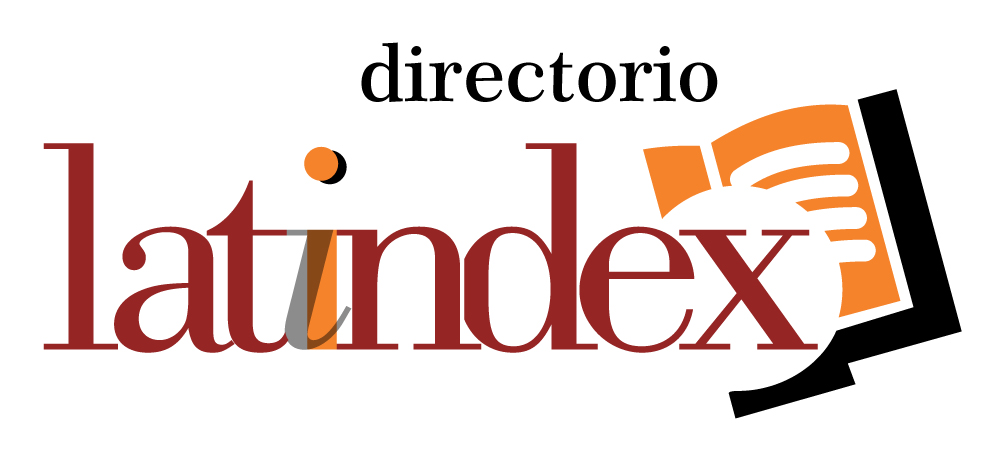
.png)
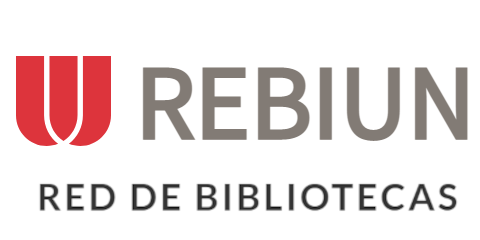







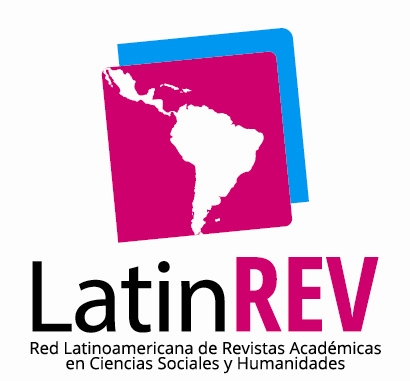

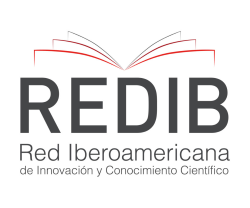


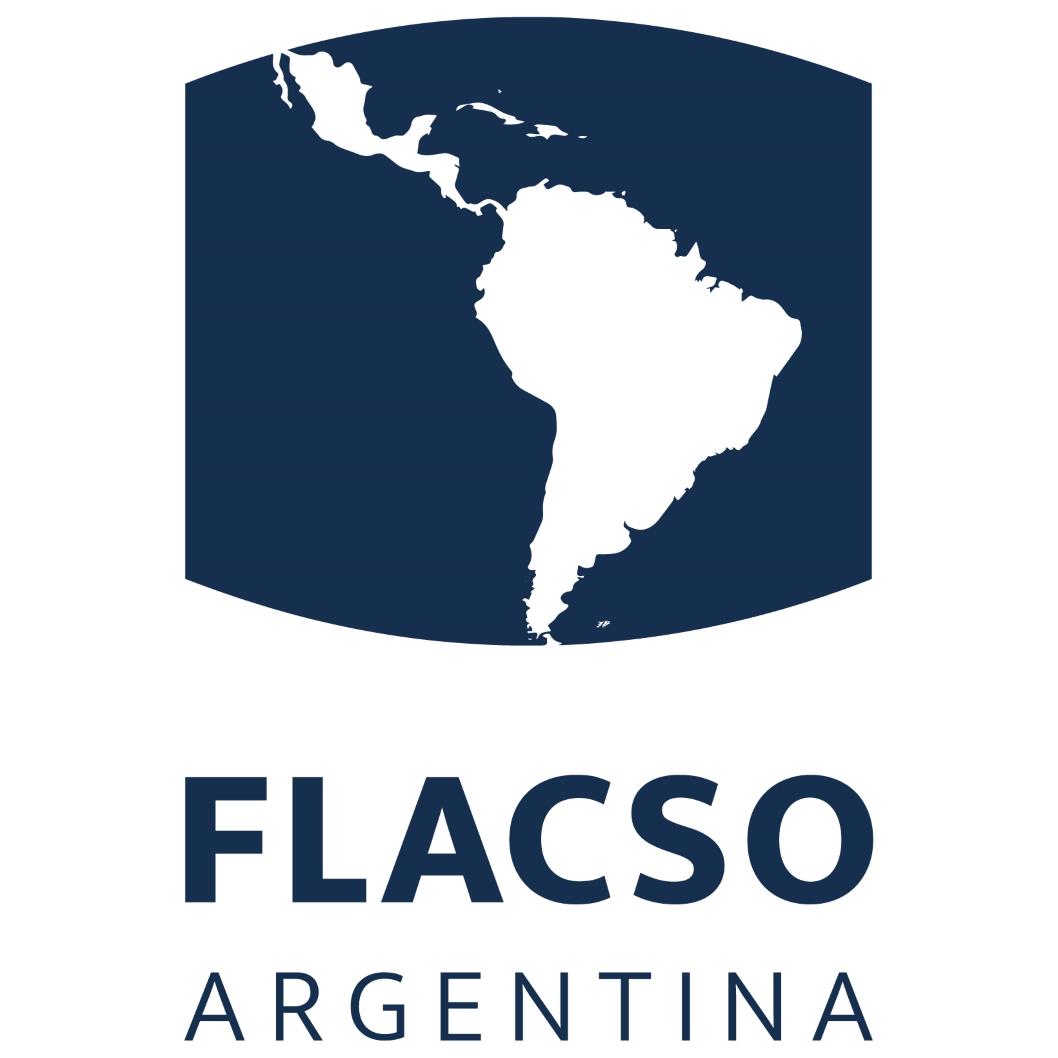






.png)
1.png)


